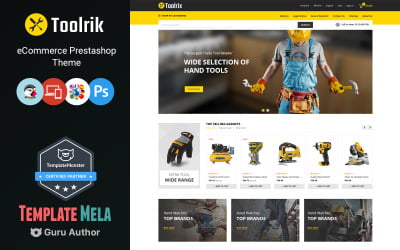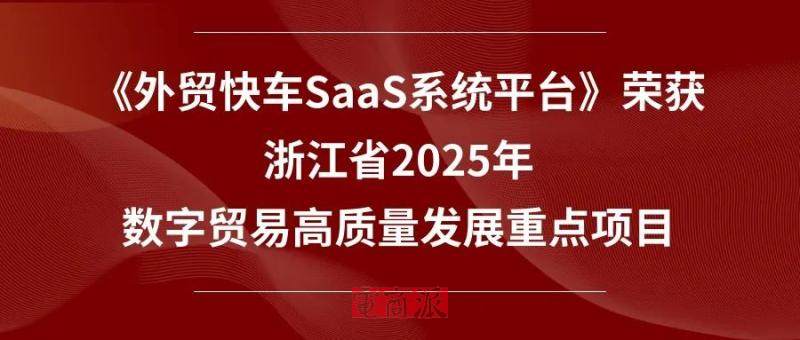tooltip

A tooltip is a small box or pop-up text that appears when the user hovers over an element in a user interface
such as a button or an icon. It provides additional information or explanation about that particular element to help the user understand its purpose or functionality. Tooltips are commonly used in websites
mobile apps
and desktop applications to enhance user experience and provide guidance.
One of the primary purposes of tooltips is to provide additional context to the user. They can provide descriptions
instructions
or tips regarding the function or usage of the element. For example
a tooltip on a button might explain what happens when the button is clicked or provide a short description of the action it performs. This extra information can be helpful
especially for new users or when features are less obvious.
Another important function of tooltips is to reduce the need for explicit instructions and minimize cognitive load. By using tooltips
developers can present information in a more concise and contextual manner instead of cluttering the interface with lengthy labels or lengthy paragraphs of text. This allows the user to quickly grasp the purpose or meaning of an element with minimal effort.
In addition to providing information and reducing cognitive load
tooltips can also serve as a visual cue for users. When an element has a tooltip attached to it
it typically indicates that it is interactive or clickable. This can help users discover hidden functionalities or call-to-actions that may not be immediately obvious. By hovering over different elements
users can identify which ones have tooltips and explore their options accordingly.
There are several best practices to consider when implementing tooltips. First
the tooltip text should be concise and focused. It should provide the necessary information without overwhelming the user with excessive details. It is also important to ensure that the tooltip appears instantly when the user hovers over the element and disappears when the user moves the cursor away. This helps prevent tooltips from obstructing the interface or becoming a distraction.
Furthermore
the design of tooltips is an important consideration. They should be visually distinct from the surrounding elements to make them easily noticeable. A common practice is to use a light-colored background with dark text or an outlined box. The size and position of the tooltip should also be carefully considered. It should appear near the element to which it is associated and be positioned in a way that does not obscure or cover important content.
Although tooltips are often used to provide brief explanations or instructions
they can also be used creatively to enhance user experience. For example
tooltips can be utilized to display real-time data or provide feedback on user actions. They can also be used to display error messages or warnings when users make mistakes or encounter issues. By using tooltips effectively
developers can improve the usability and accessibility of their applications.
In conclusion
tooltips are a valuable tool for enhancing user experience and providing guidance in user interfaces. They serve as a concise and contextual source of information
reducing cognitive load and improving the discoverability of features. When implemented correctly
tooltips can greatly improve the usability and accessibility of websites
mobile apps
and desktop applications. By following best practices in design and content
tooltips can effectively guide users and enhance their overall experience.
 邮件群发-邮件群发软件|邮件批量发送工具|群发邮件平台|批量邮箱发送系统公司
邮件群发-邮件群发软件|邮件批量发送工具|群发邮件平台|批量邮箱发送系统公司








